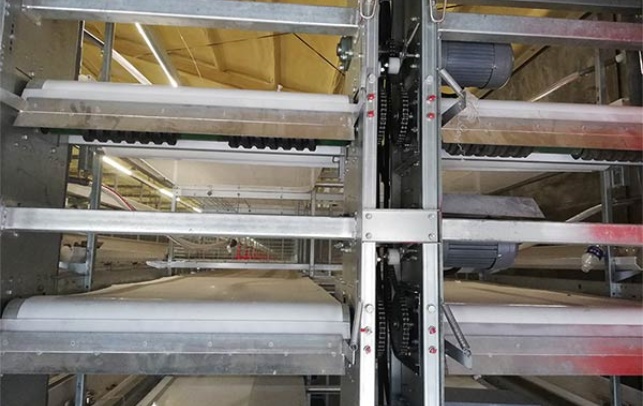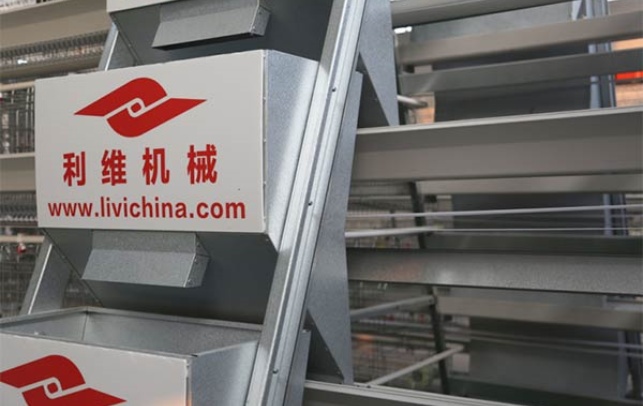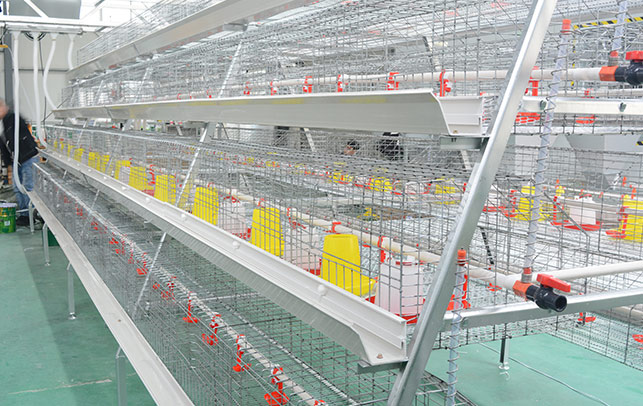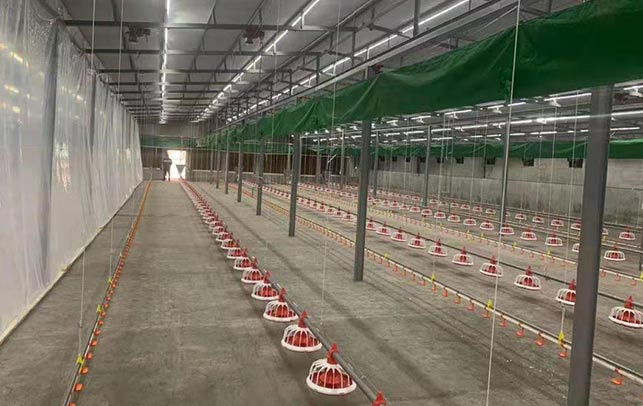Chicken Cage Farming in Kenya: A Comprehensive Guide
Time : 2025-05-13
Are you interested in chicken cage farming in Kenya? You’ve come to the right place! In this article, we’ll delve into the ins and outs of chicken cage farming, offering valuable insights for both beginners and seasoned farmers. So, let’s dive in and discover how you can start or enhance your chicken cage farming business in Kenya.
Introduction to Chicken Cage Farming in Kenya
Chicken cage farming has gained immense popularity in Kenya due to its numerous benefits. This method of farming is space-efficient, reduces disease spread, and provides better control over the environment. By raising chickens in cages, farmers can produce high-quality eggs and meat, meeting the growing demand in the Kenyan market.
Benefits of Chicken Cage Farming
- Space Efficiency: Cages take up less space compared to traditional free-range farming, making it suitable for urban and semi-urban areas.
- Reduced Disease Spread: Cages help in controlling the spread of diseases, ensuring a healthy environment for the chickens.
- Increased Egg Production: Caged chickens often produce more eggs compared to their free-range counterparts.
- Quality Control: Cages allow farmers to monitor and control the chickens’ diet, environment, and overall health, leading to high-quality products.
Setting Up Your Chicken Cage Farm
Now that you’re aware of the benefits of chicken cage farming, let’s discuss how to set up your farm. Here’s a step-by-step guide to help you get started:
1. Choose the Right Location
Select a suitable location for your chicken cage farm. The site should be accessible, well-drained, and far from residential areas to avoid any potential conflicts. It’s also important to consider the availability of water and electricity.
2. Determine the Number of Cages
The number of cages you need will depend on your budget, available space, and the number of chickens you plan to raise. Ensure that each cage is spacious enough to accommodate the chickens comfortably and prevent overcrowding.
3. Construct the Cages
Build sturdy, well-ventilated cages using metal or wooden frames. Ensure that the bottom of the cage is meshed to allow for proper waste management. Cages should also have roofs and sides to protect the chickens from predators and harsh weather conditions.
4. Provide Adequate Feeding and Watering Facilities
Install feeders and waterers within the cages. Feeding your chickens at regular intervals will help in maintaining their health and productivity. Choose high-quality feed to ensure the best possible growth and egg production.
5. Implement Biosecurity Measures
Implement biosecurity measures to prevent the spread of diseases among your chickens. This includes regular cleaning of the cages, disinfection of equipment, and restricting access to the farm.
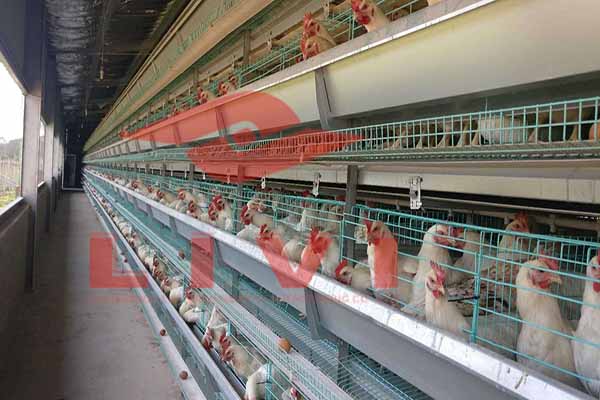
Maintenance and Management of Chicken Cages
Proper maintenance and management are crucial for the success of your chicken cage farming business. Here are some key points to consider:
1. Regular Cleaning and Disinfection
Regularly clean and disinfect the cages to maintain a healthy environment for your chickens. This will help in preventing diseases and pests from affecting your flock.
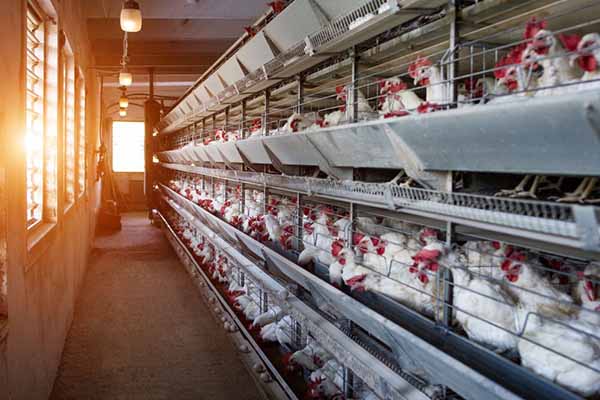
2. Proper Diet and Water Intake
Ensure that your chickens receive a balanced diet and have access to clean water at all times. Monitor their health and adjust their feeding schedule as needed.
3. Regular Health Checks
Conduct regular health checks on your chickens to identify any potential health issues early. This will help in preventing the spread of diseases and improving the overall well-being of your flock.
4. Record Keeping
Keep detailed records of your farm’s operations, including the number of chickens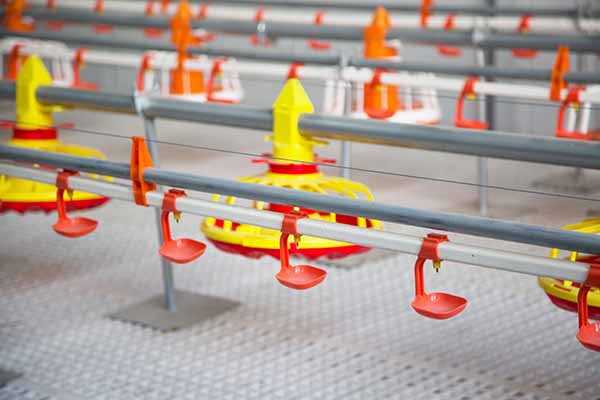 , feed consumption, and egg production. This will help you monitor the performance of your farm and make informed decisions.
, feed consumption, and egg production. This will help you monitor the performance of your farm and make informed decisions.
Marketing Your Chicken Products
Once you’ve started producing high-quality eggs and meat, it’s essential to market your products effectively. Here are some tips to help you reach your target audience:
1. Identify Your Target Market
Understand your target market, whether it’s retailers, wholesalers, or end consumers. Tailor your marketing strategy to meet their specific needs and preferences.
2. Develop a Brand
Create a strong brand that reflects the quality and uniqueness of your chicken products. This will help in establishing your farm as a reliable source of fresh, high-quality eggs and meat.
3. Utilize Social Media and Online Platforms
Leverage social media and online platforms to reach a wider audience. Share updates about your farm, promotions, and recipes that showcase the versatility of your chicken products.
4. Network with Local Businesses
Build relationships with local businesses, such as supermarkets, restaurants, and hotels, to explore partnership opportunities.
Conclusion
Chicken cage farming in Kenya can be a profitable venture if you follow the right guidelines and best practices. By setting up your farm, maintaining its health, and marketing your products effectively, you can tap into the growing demand for high-quality eggs and meat. So, go ahead and start your chicken cage farming journey in Kenya today!
, , , ,






